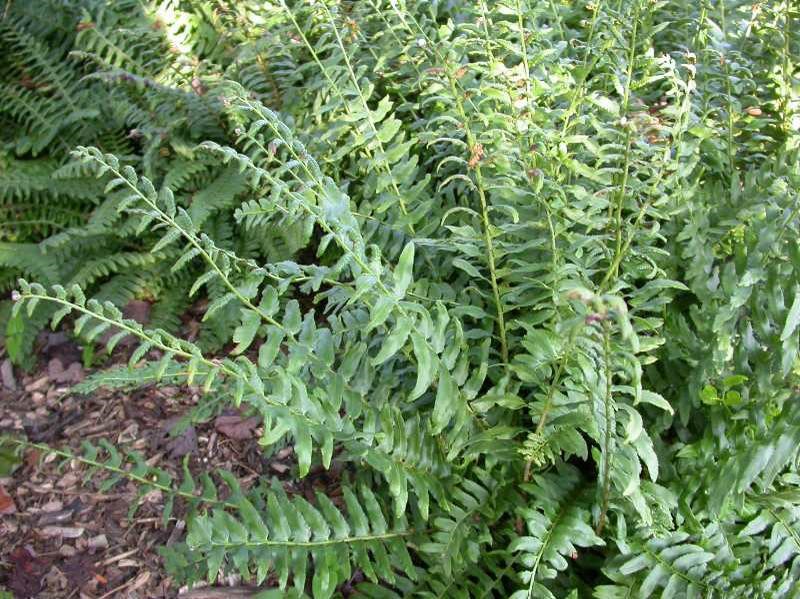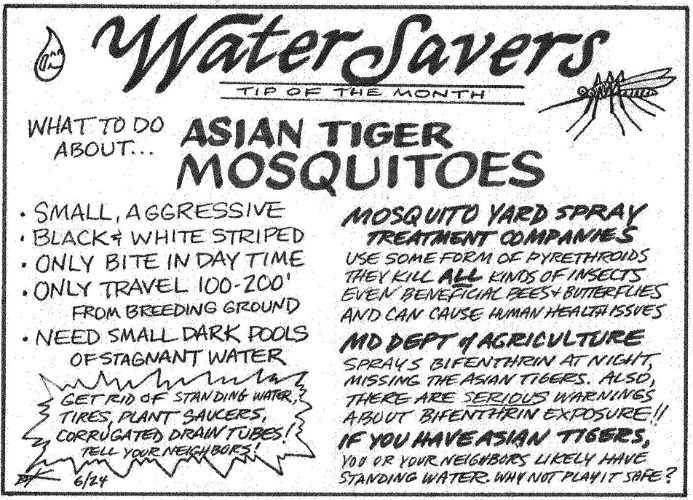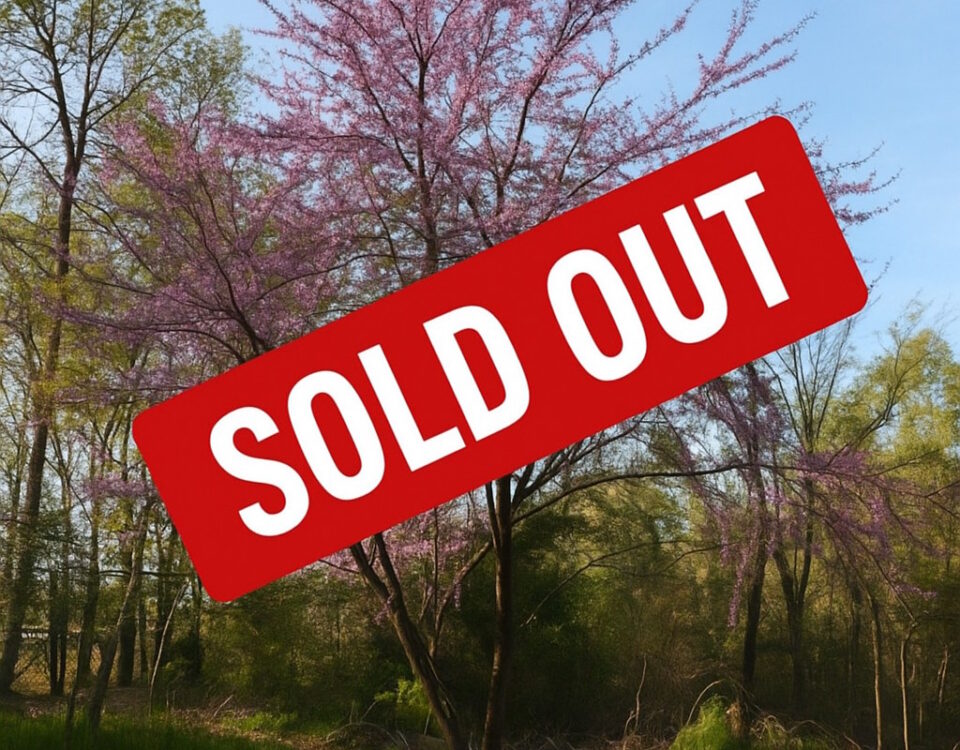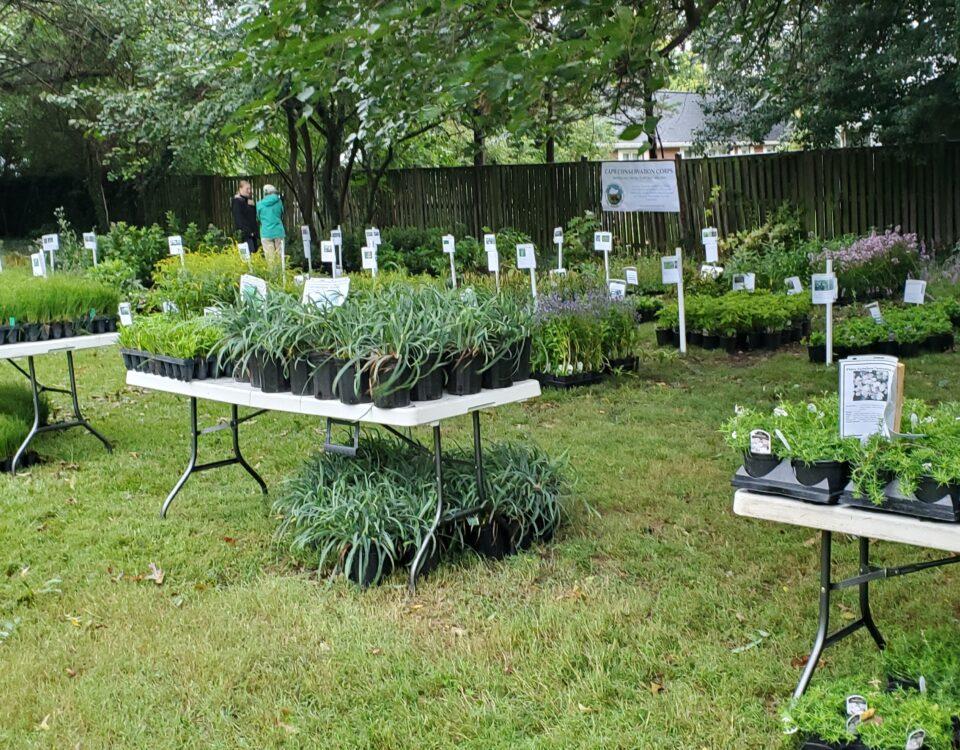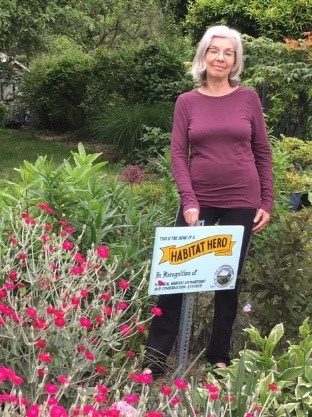
Habitat Hero – June 2020
January 20, 2020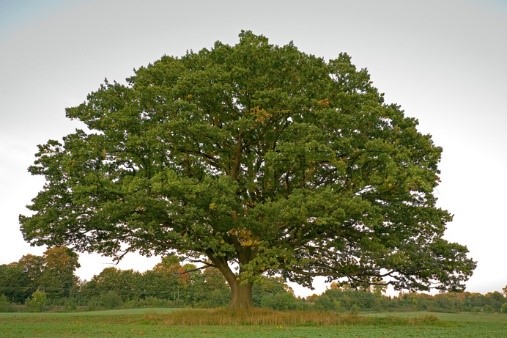
Can we be Nature’s Best Hope?
March 16, 2020By: Stacey Wildberger
If you follow Cape Conservation Corps on Facebook you will recognize these plants. I have been highlighting a different type of native plant each week based on feedback from a survey I conducted. The most popular requests were for host plants for butterflies, “any native” perennial, shrubs and ferns. This month’s article features those plants that I have spotlighted on FB posts. Native plants are important to our ecosystem. They have coevolved with our native fauna and the two depend on one other to survive. As a matter fact our human lives depend upon the native flora and fauna interactions. Using natives plants in our backyards and wild spaces promotes biodiversity and supports food webs for every living thing.
Aquilegia Canadensis Wild Columbine
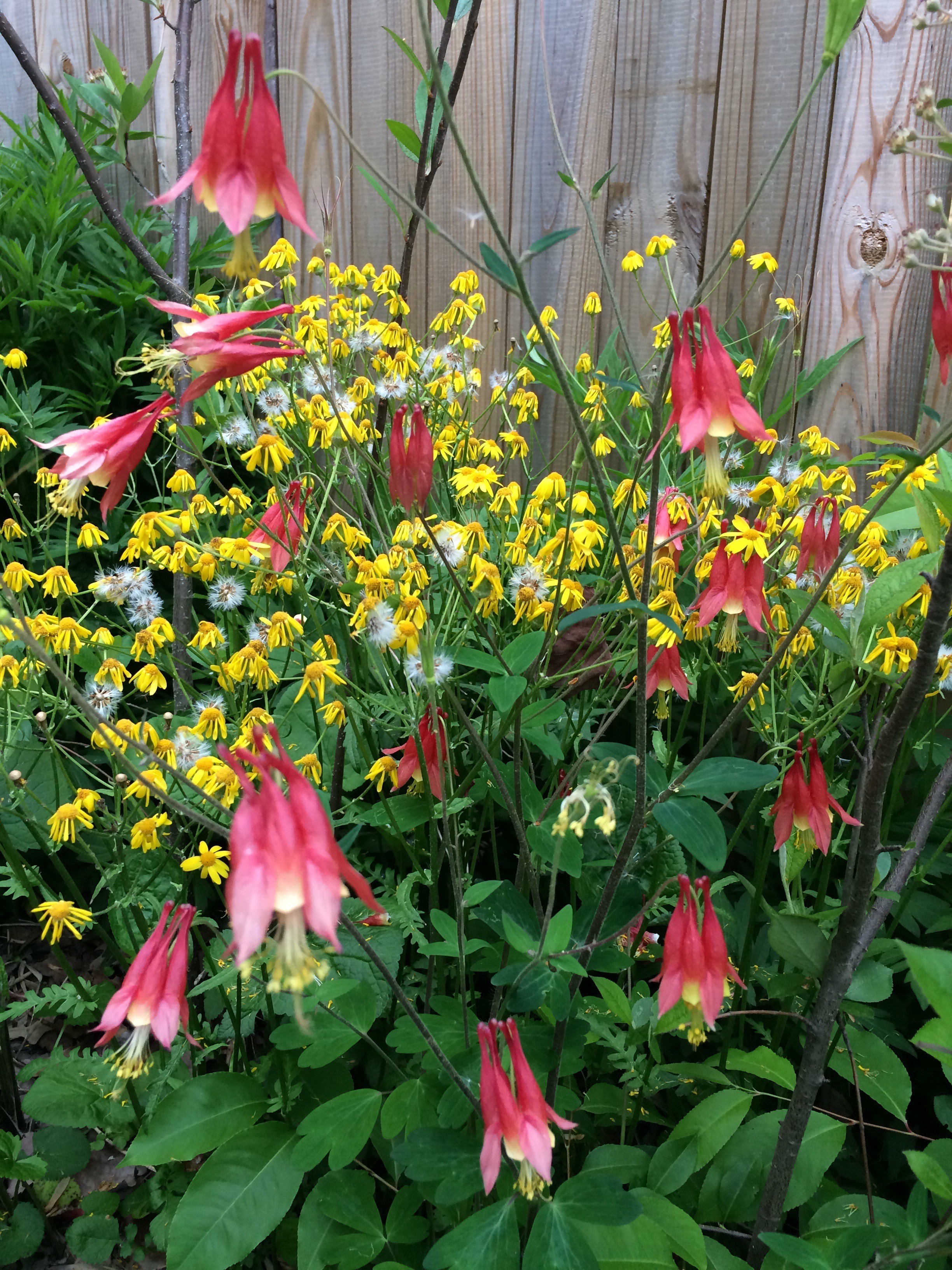 Our first spotlight on native plants is both a perennial plant and beneficial to pollinators and birds, it is an early spring bloomer that will provide nectar for the first to arrive hummingbirds. Wild Columbine is easily grown in average, medium, well-drained soil in full sun to part shade and can tolerate a wide range of soils as long as drainage is good. It prefers rich, moist soils in light to moderate shade. It will self-seed and naturalize to form large colonies in optimum growing conditions. You can deadhead spent blooms to encourage continual blooms; keeping the soil uniformly moist after bloom will provide attractive foliage appearance. The bloom is a drooping, bell-like, 1-2″, red and yellow flowers (red sepals, yellow-limbed petals, 5 distinctive red spurs and a mass of bushy yellow stamens). The plant is about 2-3’ in height with a 1-1.5’ spread. It will work well as a border or in open shade gardens and naturalized areas. Mine makes an attractive edging along a dappled shaded area under the pines and along a garden wall coming down the steps. In addition to attracting hummingbirds it attracts many species of pollinators – in particular long tongued ones that can get into the tubular bloom. I highly recommend adding this beauty to your garden for early spring color that lasts into the summer and is an excellent nectar source for pollinators.
Our first spotlight on native plants is both a perennial plant and beneficial to pollinators and birds, it is an early spring bloomer that will provide nectar for the first to arrive hummingbirds. Wild Columbine is easily grown in average, medium, well-drained soil in full sun to part shade and can tolerate a wide range of soils as long as drainage is good. It prefers rich, moist soils in light to moderate shade. It will self-seed and naturalize to form large colonies in optimum growing conditions. You can deadhead spent blooms to encourage continual blooms; keeping the soil uniformly moist after bloom will provide attractive foliage appearance. The bloom is a drooping, bell-like, 1-2″, red and yellow flowers (red sepals, yellow-limbed petals, 5 distinctive red spurs and a mass of bushy yellow stamens). The plant is about 2-3’ in height with a 1-1.5’ spread. It will work well as a border or in open shade gardens and naturalized areas. Mine makes an attractive edging along a dappled shaded area under the pines and along a garden wall coming down the steps. In addition to attracting hummingbirds it attracts many species of pollinators – in particular long tongued ones that can get into the tubular bloom. I highly recommend adding this beauty to your garden for early spring color that lasts into the summer and is an excellent nectar source for pollinators.
Polystichum acrostichoides Christmas fern
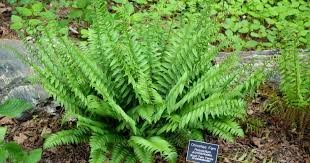 One of the things I love about this fern is not only is well suited for the dry to medium shaded areas of our Cape yards it is mostly evergreen throughout the year. This 1-2’ fern provides some winter interest to your landscape. It is a low maintenance fern that works well in shade gardens, along a garden wall and planted in clumps on a slope; it will help control erosion. Its fountain like clumping growth won’t spread out and naturalize but the clumps will spread and get wider/larger over time. I have it planted in a medium moisture area in a shaded woodland area and have enjoyed seeing the beautiful lance-shaped, evergreen fronds throughout the winter. This is a fern that will work well in your yard too!
One of the things I love about this fern is not only is well suited for the dry to medium shaded areas of our Cape yards it is mostly evergreen throughout the year. This 1-2’ fern provides some winter interest to your landscape. It is a low maintenance fern that works well in shade gardens, along a garden wall and planted in clumps on a slope; it will help control erosion. Its fountain like clumping growth won’t spread out and naturalize but the clumps will spread and get wider/larger over time. I have it planted in a medium moisture area in a shaded woodland area and have enjoyed seeing the beautiful lance-shaped, evergreen fronds throughout the winter. This is a fern that will work well in your yard too!
Antennaria plantaginifolia Plantain leaf pussytoes
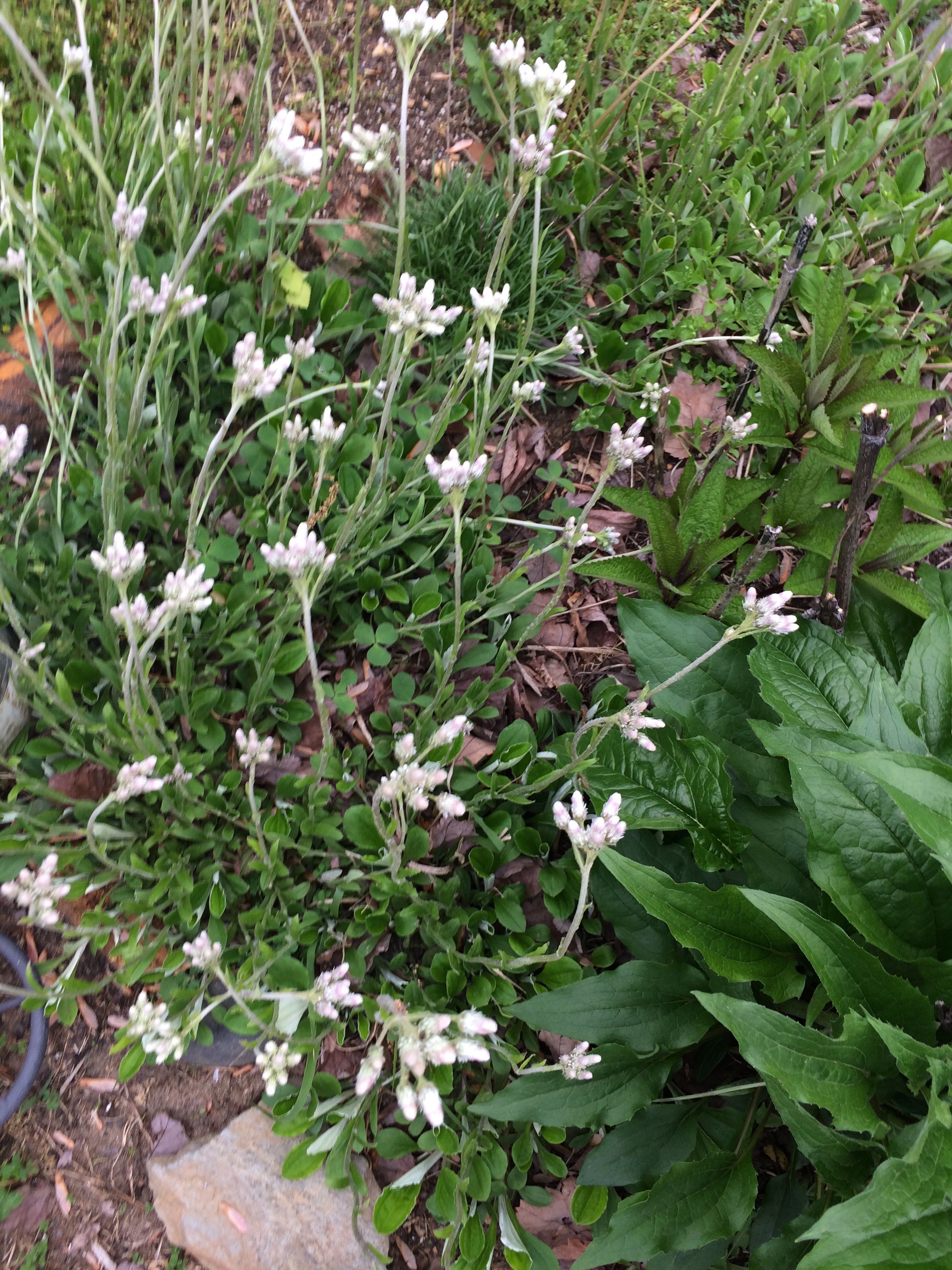 The next spotlight plant is Antennaria plantaginifolia: a groundcover and a host plant! The American painted lady butterfly lays her egg on the plantain shaped leaves because it is one of only a few plants that the larvae (caterpillar) can eat. Plant pussytoes and you will be rewarded with this American beauty
The next spotlight plant is Antennaria plantaginifolia: a groundcover and a host plant! The American painted lady butterfly lays her egg on the plantain shaped leaves because it is one of only a few plants that the larvae (caterpillar) can eat. Plant pussytoes and you will be rewarded with this American beauty
This clumping/ mound forming groundcover is best grown in lean, gritty to rocky, dry to medium moisture, well-drained soils in full sun. It will do well in fertile, humusy soils, particularly if drainage is poor. The flowers are crowded into terminal clusters on a rising 10” stem from the basal rosette that forms a thick mat of the plantain leaves. The name pussytoes comes from the fact that the bloom resembles the pads or toes of a cat’s foot.
The soft fuzzy foliage makes a wonderful addition to your garden. It is useful as a small area ground cover in rock gardens, rocky slopes, open woodland areas, prairie areas or other lean, rocky areas in the landscape. I love it along the edge of the garden and encourage it to spread into the garden to act as a “green mulch”
I highly encourage the use of this as a ground cover with the added benefit of attracting the American Painted Lady to your yard. By using native plants we are enhancing our ecosystem and increasing biodiversity. There are several other varieties of the pussytoes for other conditions and with different foliage. All will act as a beautiful ground cover and host plant. Add some to your garden this spring!
Hamamelis virginiana Witch-hazel
Our next spotlight native plant features a beautiful shrub that will offer color and beauty straight through fall and into winter. Hamamelis virginiana Witch-hazel is not only a welcome sight with fragrant blooms it also offers fruit to nourish our feathered backyard friends. The golden yellow fringed flower appears in fall and remains even after the leaves have dropped and is stunning to look at. Pollination occurs from late fall foraging small flies and bees.
This multi trunk shrub with spreading branches will form an irregular shaped open crown and will perform best in moist areas and can handle many soil situations as long as it doesn’t become too dry. Plant in full sun to part shade, it will reach between 15-20’ in height and spread.
This is one I do not have. Yet. It’s on my bucket list as soon as I figure out where to put it. Its native place is in woodland areas, forest margins and along stream banks but if your property doesn’t meet those requirements it can be a lovely shrub border or as hedge/screen border along a property line.
Consider Hamamelis virginiana Witch-hazel for your native landscape to increase biodiversity, provide late season interest, as a host for many moth species and provide food for the birds naturally!


